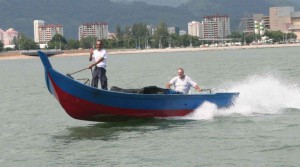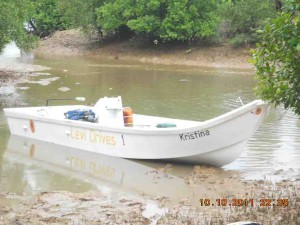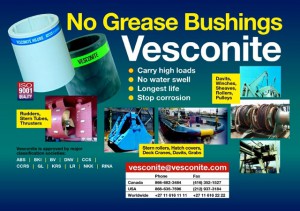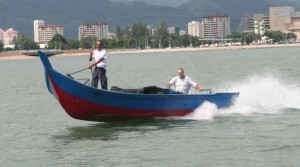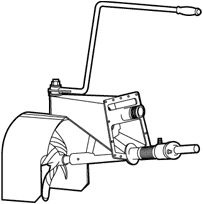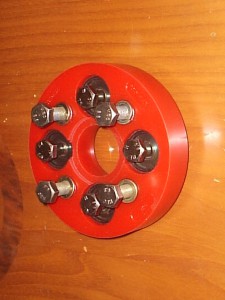
The Problem
When it comes to finding efficient underwater boat propellers, naval architects are faced with a limited range of choices. On one hand, naval architects could choose to employ the
biggest propeller size to achieve maximum efficiency. But the limitations in the propeller shaft line’s inclination meant that the propeller tip clearance between propeller and hull had to be observed to avoid cavitation and vibration to the hull.
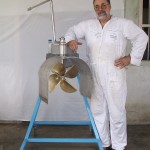
Levi Drive LD 170-150
The other option for naval architects was to choose a smaller
propeller to achieve the desired inclination but then they had to sacrifice on propulsion efficiency.
This dilemma results in a compromise in which the designer buys one advantage by accepting another disadvantage.
A Revolutionary Design
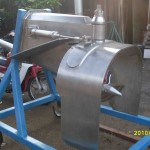
Levi Drive LD 320-350 Side View
In the 1960’s, the famous power boat designer Sonny Renato
Levi experimented with mounting the propellers aft of his boat. He gradually raised the shaft line till the propeller center line was passing through an extended line of the boat’s bottom.
This revolutionary design gave birth to the surface propeller and stepdrive, which worked best when 50% submerged.
The propeller could be made as big as practical and cavitation was no longer a problem since the working conditions of the propeller was half in the water and half in the air. Each revolution helped to ventilate the propeller.
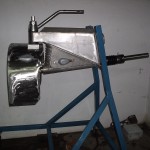
Levi Drive LD 200-200 with tiller steering
The boats equipped with this new drive system were a novelty in the offshore racing circuit and very successful. The step drive eventually evolved into the “Levi Drive” unit and the “Levi Side Winder”. Sonny Renato patented his design in 1976.
Design Principles
- To use the biggest propeller possible
- Mount the propeller behind the boat
- Let the propeller work only partial submerged
- Use a low shaft angle
- Ventilate the propeller by air and/or exhaust gases during start up
- Use super cavitating propeller sections
- Employ cupped propellers
- Reduce all appendages (studs, brackets, sand shoes)
- Protect the propeller by a tunnel rudder or other means
- Reduce the amount of parts in the construction
- Use only the best materials available


